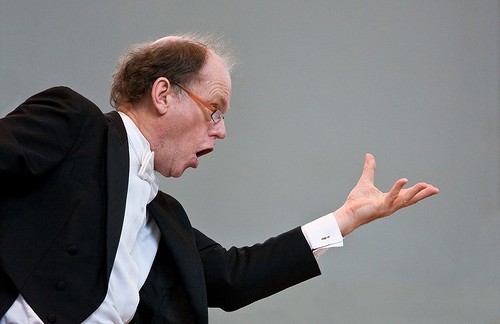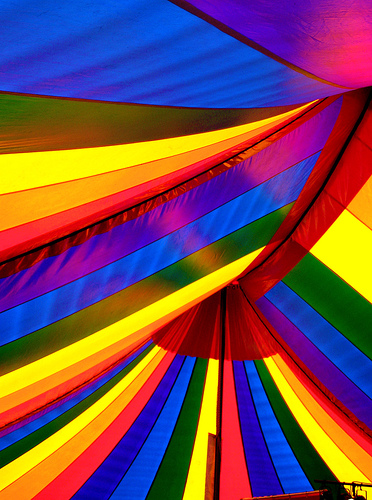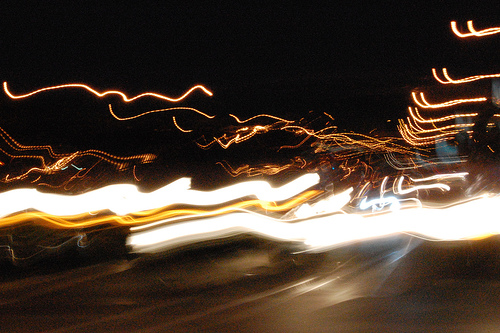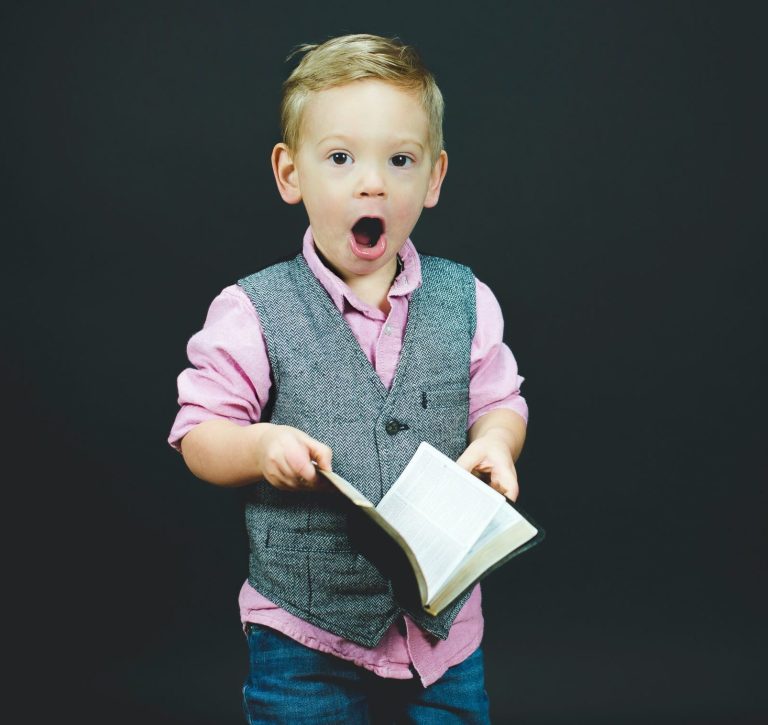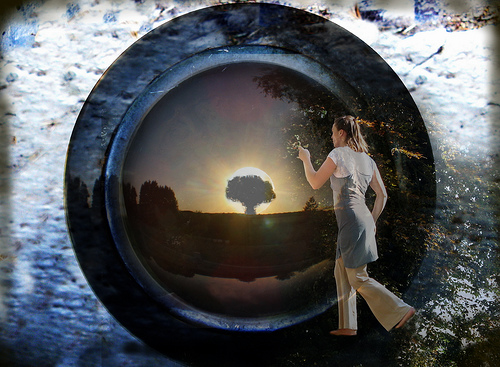Calling the Shots in Screenplays
I love reading through older screenplays. Decades ago, it was the screenwriter’s job to delineate every single shot in a scene, as you can see from the example of The Birds, below, which essentially meant writers had to think like directors and pay close attention to the technical aspects of a script’s structure while trying to write a moving masterpiece. What a tedious way to construct a screenplay! On one hand, the requirements of the structure took away from the creativity of writing the story (I’m thinking it must have). On the other hand, by calling all the shots (literally), a writer took all the creativity away from the director, who was no longer really directing but obeying.
Take a look at this excerpt from The Birds, written by Evan Hunter in 1962 (adapted by the novel written by Daphe DeMaurier). Note how specifically Hunter delineated each camera shot the director was to use (even mentioning that one shot should be done on the studio lot).
FULL SHOT – MELANIE’S OPEN CAR – (MATTE)
on the coast highway. It is a spectacularly beautiful day, with a cloudless blue sky. The montage of SHOTS that follow should alternate between the winding, twisting road and the ocean below, and CLOSEUPS of Melanie driving with the caged birds on the seat beside her. The last shot should be a FULL SHOT of the car rounding a particularly sharp curve.
CLOSE SHOT – MELANIE
She turns wheel forcefully.
CLOSE SHOT – THE LOVEBIRDS
in the cage as the car rounds the bend. They lean to one side as the car turns, come up straight again as the car rounds the curve.
FULL SHOT – (MATTE)
Car approaching Bodega Bay seen high up.
CLOSE SHOT – MELANIE
at the wheel, she glances out toward the bay.
FULL SHOT – A CLUSTER OF BUILDINGS AT WATERFRONT
ahead, through the windshield as the car approaches.
CLOSE SHOT – MELANIE
behind the wheel, leaning forward slightly for a look at the town.
LONG SHOT – DOCKS ON LEFT
through the windshield as Melanie slows her speed.
CLOSE SHOT – MELANIE
behind wheel.
LONG SHOT – STORES
on right of the road as Melanie enters the town. SLOW PAN matching car’s cruise past BAKERY, SHOE REPAIR, CLEANERS, RADIO AND TELEVISION.
CLOSE SHOT – MELANIE
behind wheel.
LONG SHOT – THE TIDES
past the gas station and beyond to the parking area and the docks, continuing Melanie’s slow observation of the place.
CLOSE SHOT – MELANIE – (PROCESS)
studying the town. The car turns into road by gas station.
FULL SHOT – THE TOWN
through the windshield. The car turns right. There is life in the town now, fishermen crossing the road, women with their hair in curlers, old ladies carrying shopping bags. This is Saturday morning, and the town—such as it is—is alive with its inhabitants. We see them from Melanie’s
P.O.V. AS SHE SCANS THE PLACE FOR ITS POST OFFICE. (THIS TO BE TAKEN ON BACK LOT.)
FULL SHOT – THE CAR
pulling in, in front of the post office. Melanie opens the door and steps out. She is smartly dressed in a traveling suit and sweater. She looks up at the sign, and then walks quickly toward the front door.
MED. SHOT – MELANIE
enters post office.
CLOSE SHOT – POSTAL CLERK
behind cage as Melanie approaches it. He is busy filling out a form of some kind, affixing stamps to it, etc. He does not look up as she approaches.
CLOSE SHOT – MELANIE
through the bars of the cage.
MELANE
Good morning.
CLOSE SHOT – POSTAL CLERK
CLERK
(without looking up)
Morning.
TWO SHOT – MELANIE AND THE CLERK
MELANIE
I wonder if you could help me.
Directors Are More Like Writers Now
Times have changed. More and more actors are directing behind the cameras now, bringing a rich perspective to films. Writers and directors are producing, wearing more hats, and being much more involved in the day-to-day production of a movie. Directors decide more how they want to shoot a scene, and scripts are written much differently, allowing the writer to use more novel-like prose and less camera specifics.
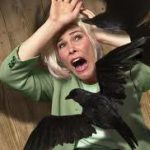 Take a look at the excerpt of The Birds above and notice how, at almost every line, Evan Hunter put in the type of camera shot needed every step of the way. I’m sure the director could have made those decisions just by reading the script. Frankly, I doubt Alfred Hitchcock needed any of those camera shots stated. Hitchcock did give Hunter input on how he wanted DeMaurier’s novel adapted for the screen, but did he specify the camera shots? I don’t know, but I doubt it.
Take a look at the excerpt of The Birds above and notice how, at almost every line, Evan Hunter put in the type of camera shot needed every step of the way. I’m sure the director could have made those decisions just by reading the script. Frankly, I doubt Alfred Hitchcock needed any of those camera shots stated. Hitchcock did give Hunter input on how he wanted DeMaurier’s novel adapted for the screen, but did he specify the camera shots? I don’t know, but I doubt it.
Then go to Dailyscript.com and choose a more contemporary screenplay, like The Shawshank Redemption. I suggest this one because it is beautifully written, with engaging prose. So much different from The Birds. That’s not to say old screenplays are bad and newer ones are good. I’m just pointing out the evolution of screenwriting, allowing for both writer and director to use their creativity more fully and imaginatively. It can be worthwhile to spend some time reading through screenplays. Descriptions are brief and to the point, and always the “viewer” is being directed to only what will be shown and what must be paid attention to. Novelists can learn a lot from this.
Don’t Get Hung Up on the Terms
But whether the camera shot is plainly stated or only implied in the narrative of the script, the intention of the shot is clear, and the type of shot is therefore indicated, to some extent. Whether the script reads “Close-Up—Melanie as she looks through the windshield at the town” or “We see Melanie straining to look through the window,” we know this is a shot close enough to see her face, from an angle that affords us to see what she’s doing.
So as you read through various screenplays, think how the camera shot is implied or stated, and why. Ask: Why is this the best shot for this segment of the scene? How does it convey the information needed as well as provide for the best emotional impact?
Later on in The Birds, if you recall, there are some tense moments when a whole lot of birds attack a whole lot of people. If these kinds of scenes were done as Long Shots, would they have the same suspense and emotional charge as the Close Shot in which you can see the birds pecking at skin and the characters screaming with terror etched in their faces? What about the scene in Psycho—you know, the one of the knife in the shower. Picture that as a Long Shot—would that scene then have terrified viewers? I don’t think so. They might have gotten up to get a refill of popcorn. And that’s the last thing a writer wants her reader to do right in the middle of a tense, important, big moment in a novel.
This week, if you have a hankering, go online and skim through some old and new screenplays. Take a look at the various camera shots the screenwriter used, whether clearly specified or implied. Get a feel for how the writer breaks up a scene in segments, a string of shots. Then see if you can find the high moment of the scene and note which camera shot is being used. Any observations?

